Classroom Ideas
Universal Ideas
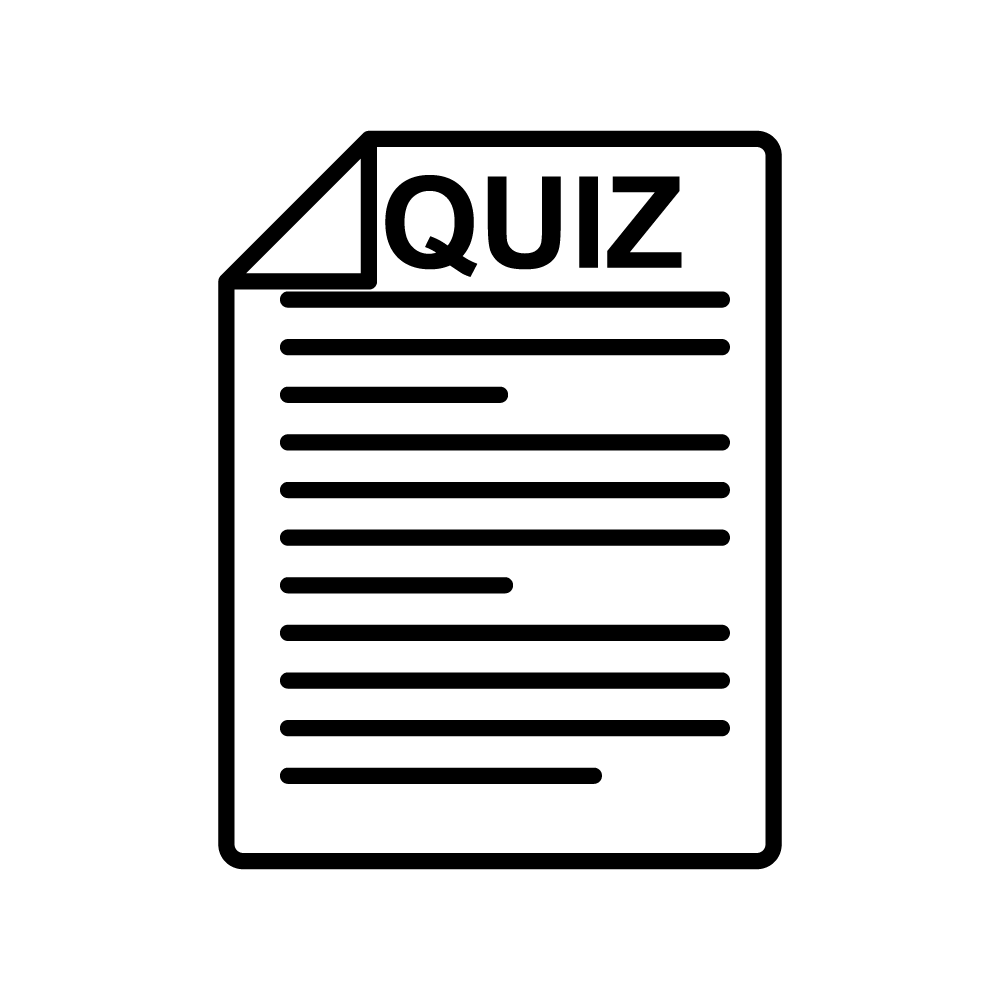
Students Creating Quizzes
Students create a quiz for their peers based on the video. Students can possibly use Kahoot, EdPuzzle, or Google Forms.
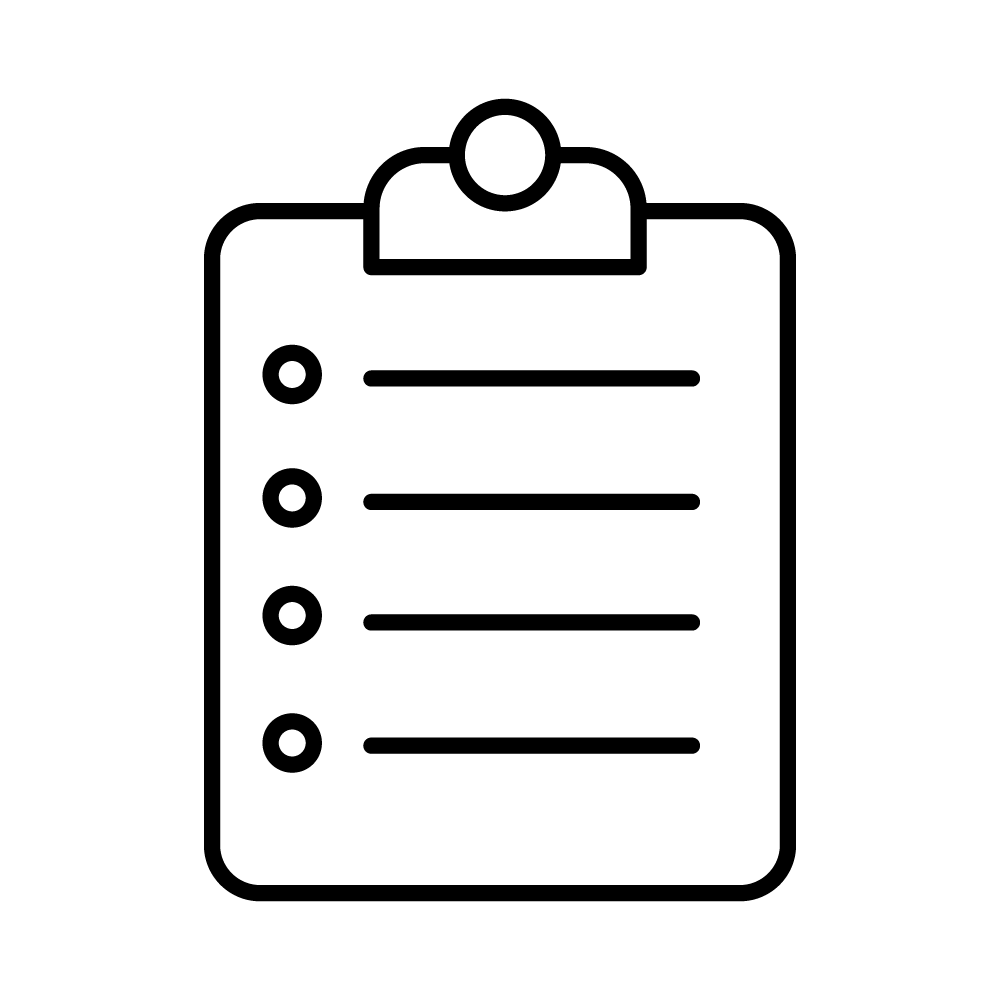
Top 10 List
A top 10 list can take any tone-humorous, serious, etc. Students could make top 10 lists on nearly any topic. Usually, these start with 10 and go in descending order down to #1. Once students understand what a top ten list is, and the purpose it can serve, they may even want to use their own creativity to select a topic. Younger groups of students (or to cover discussion and consensus standards) may benefit from writing/editing the top ten list as a whole-group practice.
Consider ideas like:
Top Ten Reasons why the Ancient Egyptians were better than the Ancient Greeks.
Top Ten Reasons why I should move to Australia.
Top Ten Reasons why the Great Barrier Reef should be saved.
Top Ten Reasons why our community is awesome.

Cloze Practice
A cloze piece has full sentences used in the virtual field trip with blanks where students can write in the information that is missing. This task requires close listening to the trip in order to complete it.
Coral reefs are the _______ type of ecosystem in the world. They’ve been around for over _____ million years.
Answers: oldest; 240
Alternatively, you could have students create 5-10 cloze statements and they could share those with the class.
A third alternative is to distribute the cloze worksheets before watching the video. Students can fill them in as they watch.

Keyword Summary
As students go on the virtual field trip, have them write down keywords they hear. For example, on the Galapagos island video: islands, exotic, shark, adaptation, giant tortoise, largest, symbol, tourists, iguanas, marine, colorful, dragons, sea-going lizard, etc.
Put students into pairs or small groups to discuss their keywords. Allow students to edit their lists, removing words they now see as problematic or rephrasing keywords if necessary.
After the discussion, ask students to individually select fivekeywords that represent the virtual field trip from their list. Then have each student write a summary of the virtual field trip using all five keywords.

Nonfiction Framework
Use a video as part of a nonfiction reading response. Apply nonfiction reading skills such as author’s purpose, drawing inferences, summarizing, identifying main idea and details, determine the meaning of content specific words by using context clues from the videos, compare and contrast the video to a text, explain the relationship between events using details from the video.
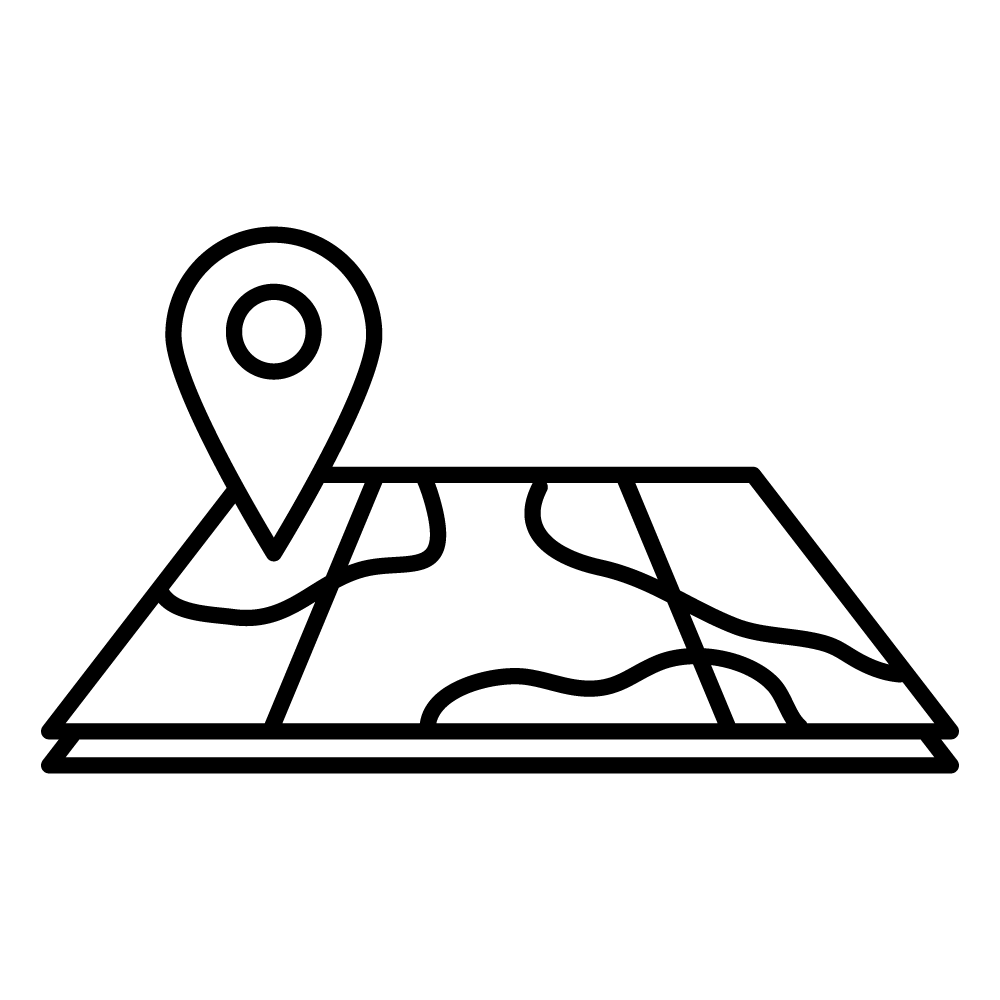
Mapping
Have students print out a map of the location and identify where the sites in the video are located.
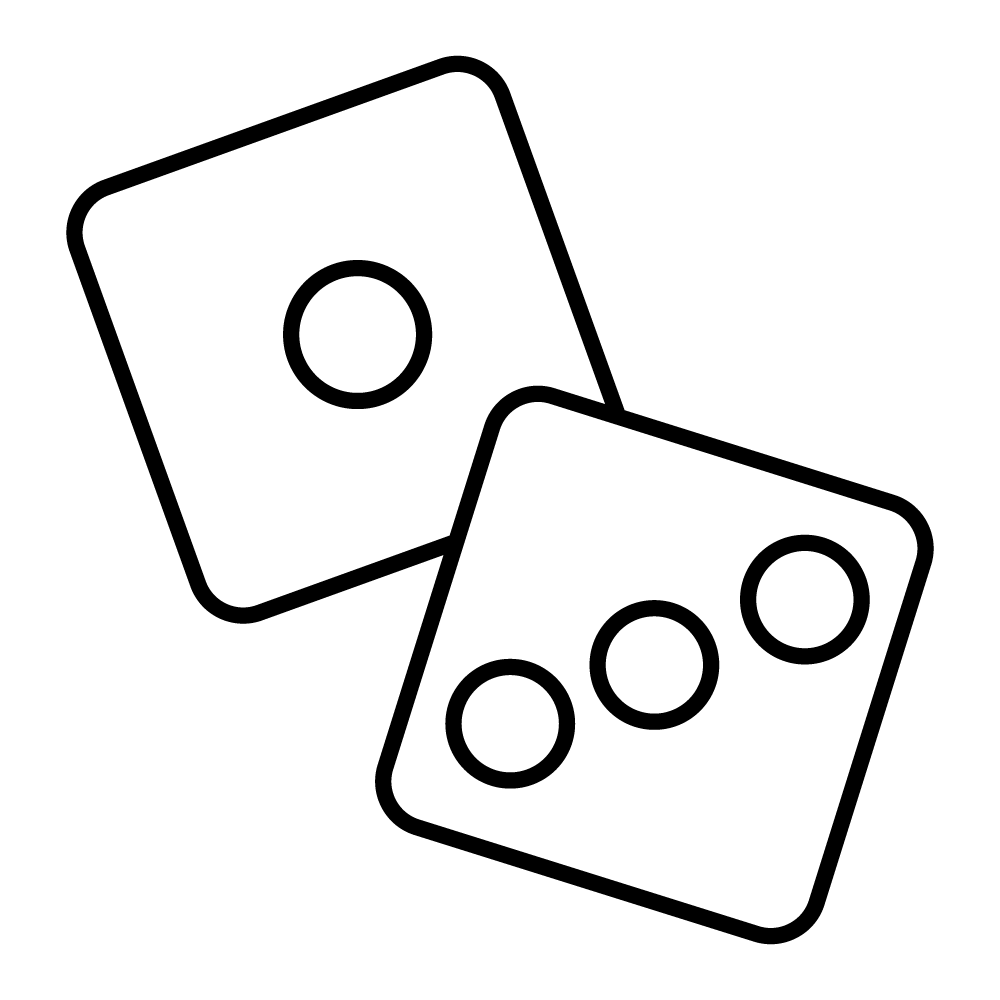
Jeopardy
Create a jeopardy game. Go to https://jeopardylabs.com/.

Flag Design
Give an overview of the purpose of a country’s flag. Discuss some common symbols in flag imagery-colors, shapes, words, etc. Point out the simplicity of the flag for visual appeal yet complexity of the symbolism.
After watching a video, have students create a flag on a plain 8.5×11 piece of white paper. This flag could be a flag of a city, country, group of people, plant species, or region (coral reef). Have students either write or discuss the symbolism they put into their flags. Check for understanding and application of themes present in the virtual field trip.
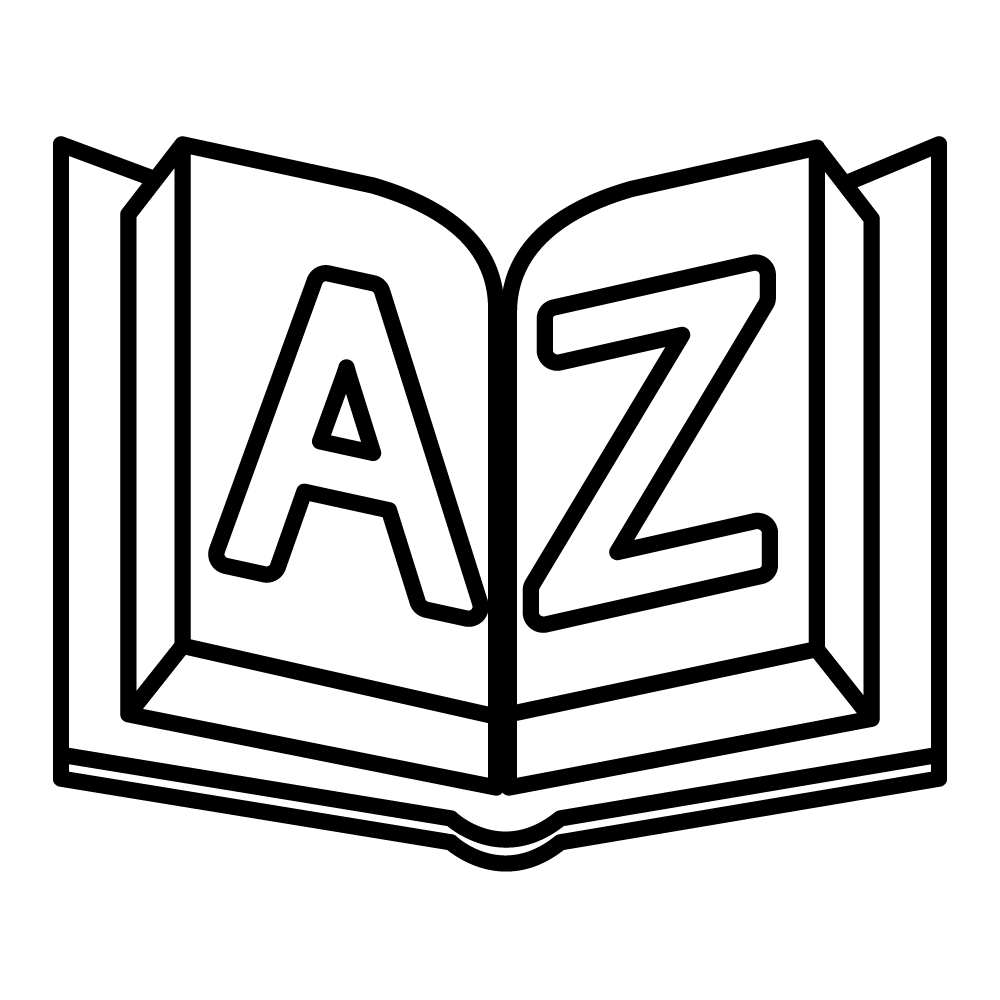
Explore Vocabulary
Identify key vocabulary terms while previewing each video. Prompt students to find the meaning of each word as they watch the video. Example: What does the word endemicmean? Think about the meaning of this word as you watch a video.

Explore Vocabulary
Begin by having the class collectively brainstorm facts they know about the Virtual Field Trip topic before watching. Officially add the information if it is agreed upon as being true by the majority of the class. Brainstorm by topic listed on the Virtual Field Trip. List the facts to be verified in a highly visible space like the marker board.
Play the video and watch as a whole group. When a brainstormed fact is verified by the virtual field trip, hit pause and have students give each other a high five and say “Verified!” Cross off facts as they are verified, leaving only the presumed facts that have not been verified by the Virtual Field Trip.
A follow up activity could include tasking students to confirm or change the non-verified facts with additional research.

Travel Itinerary
After viewing the virtual field trip, students are asked to create a travel itinerary for a trip to the location shared on the video. The framework for the task could include visiting specific spots mentioned in the video and a timeline (a week, etc). Some students may be unfamiliar with travel constraints, so discuss those in advance. Research would need to be done as to the best times of the year to visit, typical weather conditions, etc. Consider holidays and special events that might make travel difficult or cumbersome and try to avoid those times.
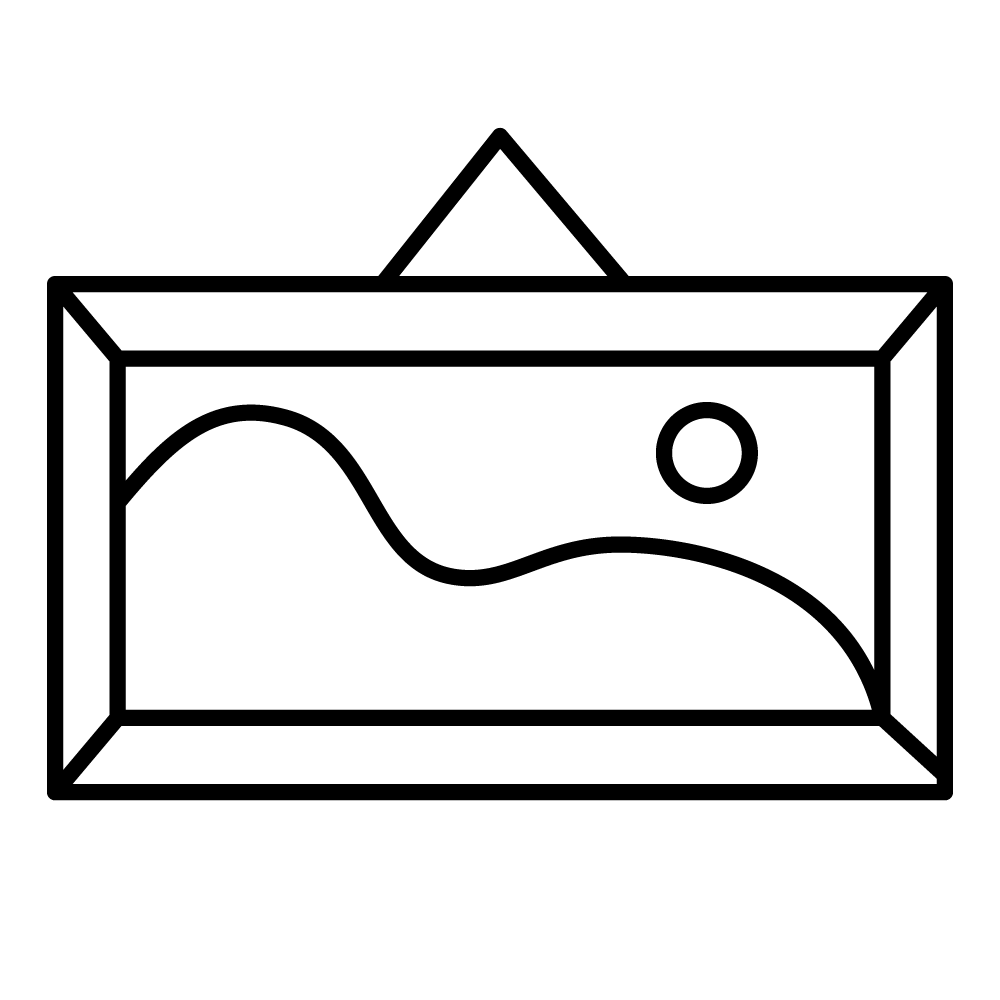
Art
Draw a scene from the video you just watched.
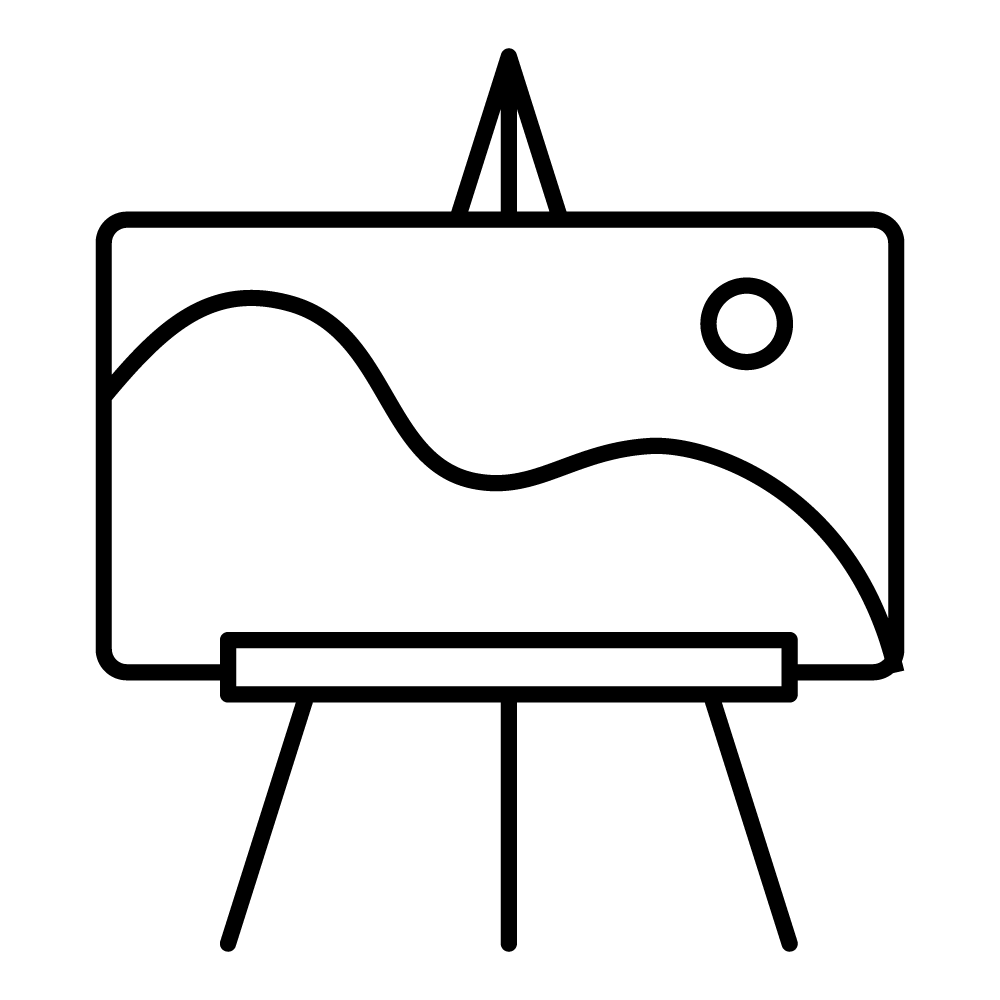
Art
Draw a landscape from the video you just watched.

Music
Listen to music from the country.

Art
Recreate pieces of artwork and/or discuss artwork from each country.

Google Maps
Use Google Maps to locate different countries and talk about what each child sees.

Country Report
Have students write a report about a destination including: landmarks, population, how it is similar to the United States, history (how it came to be), type of government, economy, famous sites, architecture, interesting facts, languages spoken, food, etc.

Top 5
Students create a powerpoint/make a list of their top five notable sites that they would like to visit and have to explain why.

Favorite Plant/Animal
Have students pick a native animal or plant in the state, country, or continent that you are studying and have them either paint a picture of it or recreate it using clay.

YouTube Research
Watch Youtube videos that shows important site and buildings in countries and states that your class is studying.
Then/Now
Make a T-chart after studying a country and have students write down then and now. For the then side, they need to write what the country was like in the past and then for the now side, write what it is like now.
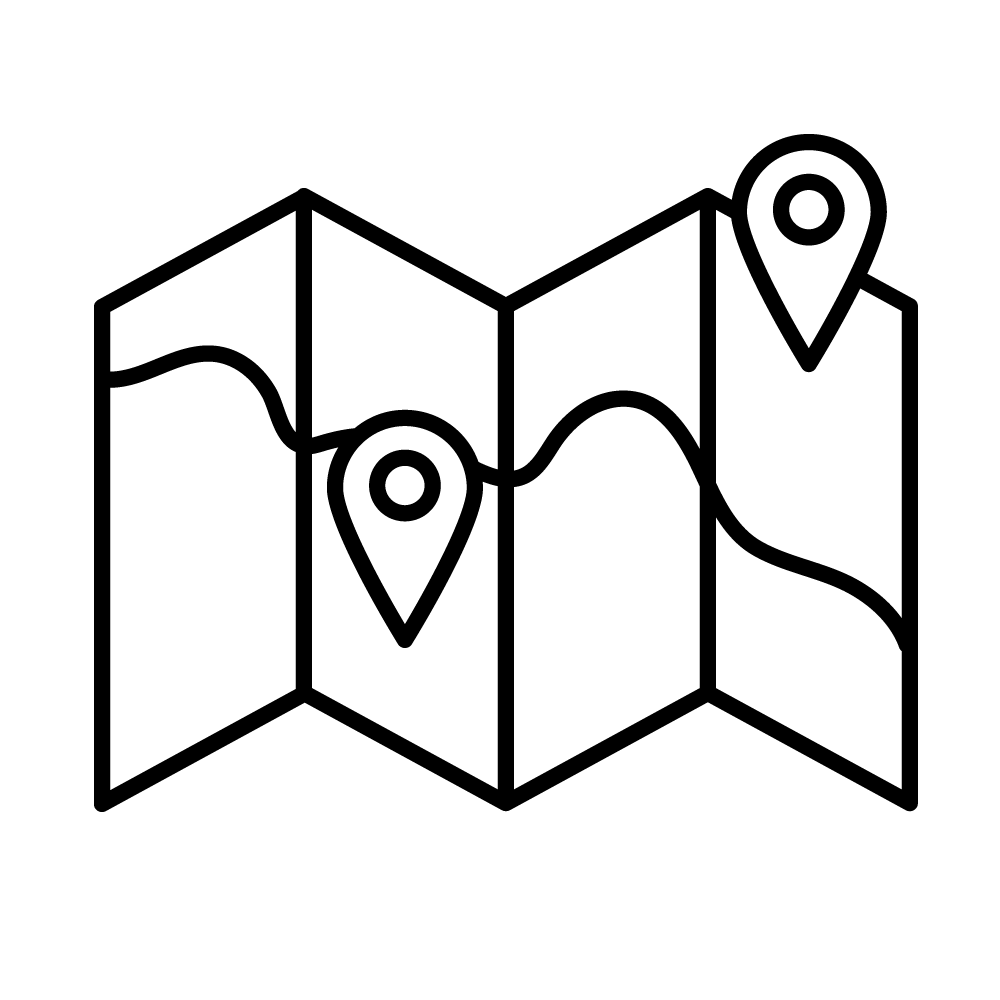
Mapping
Use Pin it! Maps where students place a pin on a country or state that the class has finished studying. This would be great to use as a review of countries and states previously taught in class.

Board Game
Create a board game that allows students to review words that they are currently learning (i.e. Spanish, French, etc.).

Diorama
Create a diorama of a place that is being studied.

Social Studies Videos
Compare two cities (It can be a list, Venn Diagram, Paragraphs)

Plan a Mock Field Trip
Prompt students to pick a location that they would like to travel to, and write a travel plan and itinerary. Explore questions such as: How would you get there (plane, boat, etc.)? What would you need to pack? What might you experience that would be different from your own culture?

Leftovers
After viewing the virtual field trip, students are tasked with finding facts about the topic at hand from reputable sites that were NOT included in the virtual field trip. The teacher could vet websites in advance for students to search within or this task could work nicely as a research skill builder. For older students, including a citation list of where the fact was found could be an added beneficial practice.
The leftovers could be shared in myriad techniques-in a traditional assignment, in a presentation format, in a group discussion, etc.
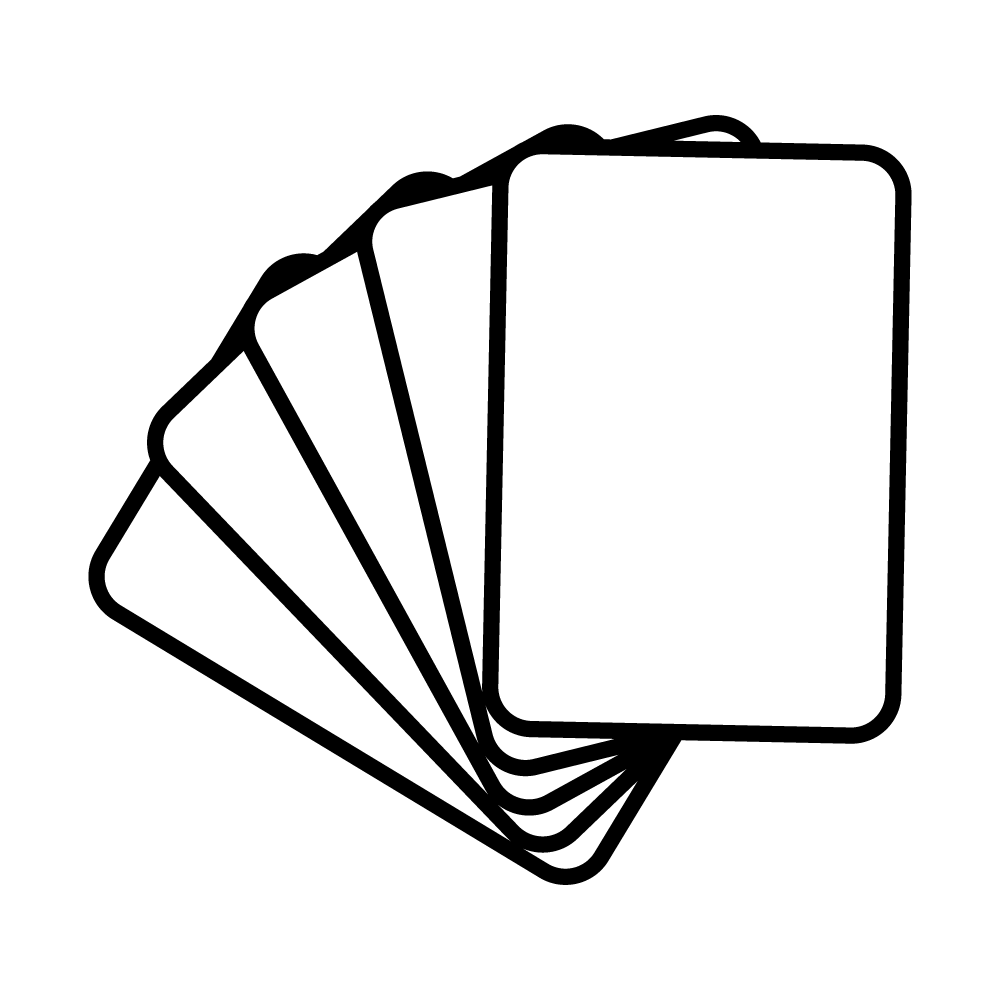
I Have - Who Has
An I have-Who has is a cyclical activity where each card should be read aloud, each question has only one correct answer (there are no repeats) and the last card should refer to the first one. For example in a very simplistic form:
I have the first card.
Who has the capital of Scotland? | I have Edinburgh.
Who has the capital of Belgium? |
I have Brussels.
Who has the capital of Portugal? | I have Lisbon.
Who has the capital of Greece? |
I have Athens.
Who has the capital of Germany? | I have Berlin.
Who has the capital of Spain? |
I have Madrid.
Who has the capital of Switzerland? | I have Bern.
Who has the capital of Ireland? |
I have Dublin.
Who has the capital of Norway? | I have Oslo.
Who has the first card? |
To begin, the student with the first card would read aloud “I have the first card. Who has the capital of Scotland?” Students would then silently look at their card(s) and see if they have the correct answer. When the student who has card two recognizes that they have the correct answer, they will begin reading aloud “I have Edinburg, etc.” This will repeat and continue until the last card asks “who has the first card?”, completing the circle.
In order to implement this activity with your virtual field trip content, create a list of simple questions and answers from the video. Ideally, every student will have at least one card. (Having multiple cards is not a problem, and in this case, the student would just read aloud multiple times.) Alternatively, you could have students create their own I Have-Who Has activity about the virtual field trip.

What is the Question?
For this task, students will be given answers to questions taken from the virtual field trip. It is their job to write a relevant question. A review of the five W and one H could be beneficial (who, what, when, where, why, and how) especially if working with younger students.
This is best used when students can pause and play the video independently. Use an organizer like the following:
Question | Answer |
This would be left blank for students to complete. | This would have an answer to a question that could be found on the virtual field trip. |
Example of expected student question: Where is Jerusalem located? | Example: In Israel, on the border with Jordan and Egypt. |
The Dome of the Rock | |
Judaism, Islam, and Christianity | |
Abraham | |
The streets are very narrow. | |
They have helped to defend it for thousands of years, etc. |

Photo Hunt
Take the topics listed on the Virtual Field Trip site and create either a digital photo board or ensure students have the ability to print. Using each topic, task students with finding one image that represents the key point of that topic. This could be done in pairs or groups.
Depending on the topic or age of students, the teacher could require that no words or numbers are used (visuals only).
This could become a stunning visual mural or individual posters by topic. Students could also be tasked with a verbal presentation outlining why they chose the image they did.

A Day in the Life Of...
After viewing the video, select a person or animal mentioned in the virtual field trip. Students are asked to create a typical day’s routine for the person or animal. Specifics could include: timeline, food eaten, attire worn, daily tasks (school, job, etc), hobbies, chores, etc.
This task could require additional research. Students could create a presentation or video using audio and visual to explain (from a first person perspective) their “day in the life of…”
For example, students could take on the role of a child being raised in Tikal (a Mayan city). The virtual field trip would give them a great overview of factual information. However, students may have to take fact and infer plausible information for the task.

Topic Research
Students research a topic and use videos to support their research.

Writing Topics
Write a fictional, nonfiction, historical fiction, mystery, fable, fairytale story, memoir, opinion/persuasive essay based on one of the videos’ characters, locations, topics, etc.

Coding
Students code a game (using code.org or scratch) to accompany a video

Make a Book
Students make an informational book from one of the videos. Students could use screenshots and video clips embedded in a Google Slides presentation.

Country Report
Have students write a report about a location/country including: landmarks, population, how it is similar to the United States, history (how it came to be), type of government, economy, famous sites, architecture, interesting facts, languages spoken, food, etc.

Flashcards and Memory Games
Students take the important content vocabulary and create flashcards and memory games on Quizlet.

Engineering
Students explore civil engineering concepts of buildings/structures in famous/ancient cities.
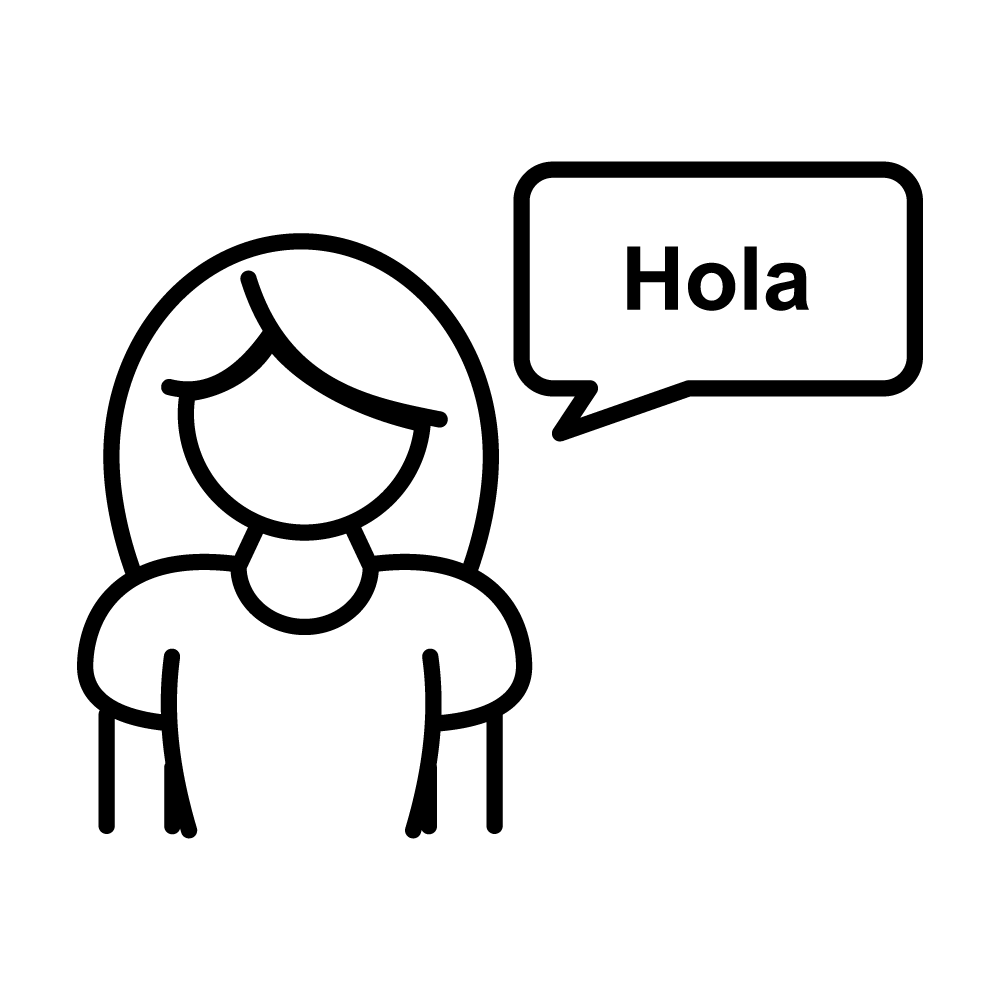
Language Videos
Students learning a specific language can use the videos to work on vocabulary, verb conjugations, sentence structure, etc. in the foreign language.
Set up a Twitter account for students in one or multiple classes to share their thoughts about an assigned video.

Pop-Up Book
Create a pop-up book of location or key ideas from the video.

Group Teaching
Place students in groups and have each group teach the key concepts from the video to the class.

Research
Have students research and post links that are related to the videos for additional information on the subject.

Charades
Create charades using key terms from the videos.

Digital Portfolio
Create a digital portfolio that is updated with each video viewed.

Crossword Puzzle
Create a crossword puzzle or word search from key terms in the video.

Blog
Write a blog post about the video.

Scrapbook
Keep a scrapbook of the places traveled in the videos.

Meme
Create a meme that reflects something from the video.
Rewards
Give students tickets each time they watch a video or have a satisfactory score on the quiz. Have the student write his/her name on the ticket and place it in a jar. At the end of the week draw a name to win something such as a day in a comfortable chair, 5 minutes additional time on a test, 5 minutes to visit at the end of class with classmate, etc.

Model
Build a model of something from the video such as an animal with adaptations.

Student Pairs
Pair students. Have one watch a portion of the video then describe it to the other student. Switch back and forth.

Discussion Board
Set up a discussion board to cover topics in a video.
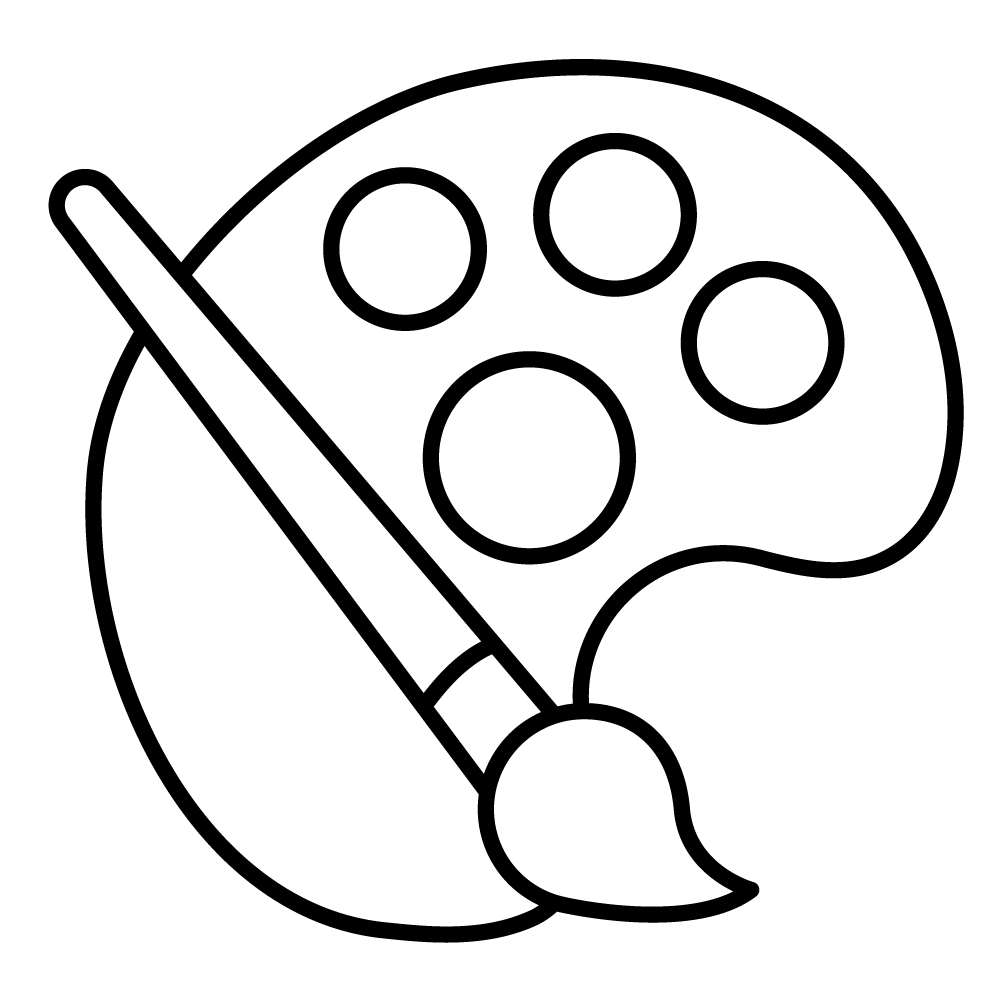
Cartoon
Draw a cartoon of an idea or concept from the video.

Student Assignment
Assign each student or group of students a video and have them come up with fun facts and overview of what they learned to present to the class.

Additional Learning
Create a virtual classroom that includes links to videos approved to watch for learning or additional support.

Volunteer
Organize a volunteer effort to address an issue from a video.

WHO Organizer
As students watch a video, have them complete an organizer that asks them to find:
Wow! One surprising fact/idea.
Huh? One question they have that the field trip didn’t answer.
Observation: One observation they had about the video.

Visual Learning
Offer videos to struggling learners as another form of accessing information and creating knowledge.

Visual Field Trip Pictionary
Either the students (collectively) or the teacher could jot down drawable locations, people, animals, habitats, etc. from the virtual field trip and write them on small slips of paper.
Split the class into two equitable teams. Following the traditional rules of Pictionary (no letters or numbers/no gestures), students are to draw the item written on their slip of paper. Their team guesses while they are drawing. The teacher can determine how much time is reasonable for each turn (one minute should be good). Teams alternate, taking turns back and forth. Teachers could use a Pictionary-style board or they could award points for every correct guess.
Many options exist. Consider:
Allowing the other team to guess once after the timer runs out and “stealing” the point if they get it.
Bonus points awarded if the team can identify the idea and name a fact from the virtual field trip.
Giving students an option of Pictionary (drawing) or charades (acting).
Allowing the next person up for the other team to continue drawing the same slip if not guessed on the first try.

Passports
Have students create a passport for themselves and color it in. Use it to create a booklet where they can record each “journey” they take. Each page inside the passport could have a drawn picture from the destination, the title, and maybe a one line description.

Keyword Cloud
As students go on the virtual field trip, have them write down keywords they hear. For example, on the Galapagos island video: islands, exotic, shark, adaptation, giant tortoise, largest, symbol, tourists, iguanas, marine, colorful, dragons, sea-going lizard, etc.
Once the virtual field trip is complete, students can create a word cloud of their keywords. There are free tools online that can make this an easy process. After students have turned in their word cloud, the teacher can prepare a Powerpoint or hand-outs of the clouds. The final task would be to have students use highlighters to find the top ten most common keywords used by students over a particular field trip. Compile these top ten lists and discuss: are these words the most important topics from the virtual field trip? If so, why? If not, why did we collectively select them?

Webquest
Create a webquest worksheet. Students will work in pairs or small groups to complete the webquest and then present their results.

Number Hunt
Have students write down every number they hear on a video. Just the number (no labels). Once the virtual field trip is over, share that the students will be matching their numbers to a label.
This could be discussed in a class conversation or even done on a worksheet (like):
____ medicines
____ countries that surround the basin
____ people who live in Asia

Number Hunt Gallery Walk
Students follow the same directions as above with the number hunt, but they write each number on the backof a separate post-it note (on the sticky side).
Around the room, the teacher has written on chart paper or markerboards the matching labels. For example, one poster might say “medicines” and one might read the “population of Asia”, etc. Students will be tasked with silently(no discussion in this case) walking around and placing their post-it note on what they believe is the correct label (for example, you put the post-it that has the number seven on it on the poster that has the word continents on it). However, since the students wrote their number on the sticky side, they will not be able to see what their peers are choosing.
After all students are finished, the teacher can lead a discussion collectively or can review each of the responses on the poster. For example, if 100% of the post-it notes on the continents read 7, the teacher knows that students collectively both heard and comprehended the information. Celebrate! However, if many students put an outrageous number like 1,500,000 for the number of continents, the teacher can be aware of some possible re-teaching, explanation or reviewing of the trip may be necessary for full comprehension.

Room Split
One side of the room is the area for “true” and the opposite side of the room is for “false.” The teacher reads or posts (on a PPT or on the board) statements from the virtual field trip, some of which are edited slightly (making them false). The students do not answer aloud but they answer with their bodily placement in the classroom. For example, if the statement was “Coral reefs are second only to rainforests in the huge number of plants and animals who live there.” and you know it is true and all the students were on the “true” side of the room, you know that this was understood universally.
However, if the statement was “Coral reefs are made of sandstone, corals, algae, anemones, and more” (which is false because it’s made of limestone) and the class was split in half-some in the true and some in the false, you know this was either trickier or less understood collectively.
As an added bonus for older students, you could have the students write true and false statements during their virtual field trip.

Four Corners
Four Corners is like Room Split (above), except there the four corners that act as a scale. For example, you can have strongly agree, agree, disagree, and strongly disagree-one in each corner. Then the teacher can read statements where students can decide their opinions on the topic and move to the space that demonstrates this idea.
For example, “If tourism decreased, the congestion in Tokyo would be improved.” and students would move to the corner that best represented their thoughts. The teacher could decide to allow a small group discussion validating why the students in the same corner felt the way they did and share out for everyone.

Create a Travel Brochure
Develop a travel brochure or commercial to explain why people should visit the country you are researching.
Write a persuasive paper or research paper on why people should visit the country that they chose to research.

Country Comparison
If studying more than one country, have students discuss how they are similar and different.

The Continents
K-3 Geography: Cut out different pieces of construction paper with the continents on it and place it on the floor. Then have students identify which continent they live in and identify the rest of the continents.

The 50 States
Use or create a puzzle with the 50 states of the United States and then after you discuss each state and put it down on a table, floor, etc. When you have all of the states, have students put the United States puzzle together.

Grade 4-6 Geography
Create a map of a continent with playdoh, clay, paint, etc. that shows the continent’s landforms. This could be done as a group project by assigning one continent to each group. Each group would then create a map that illustrates the continent’s various land features (i.e. mountains, hills, rivers, lakes, bays, plains, etc.).

Grade 4-6 Geography
Contact another school in a state, country, or continent that your class is studying and set up a pen pal where your students write to their students and vice versa. This could be done by letter or email.

Arts and Crafts
Have students that are interested in arts and crafts recreate traditional clothing, pottery, tools used, etc. of a country that was studied.

Webquest
Create a webquest worksheet. Students will work in pairs or small groups to complete the webquest and then present their results.

Flipped Classroom
Assign videos for homework and then discuss video content/assignment in class.

Flyswatter
Written all over the board are people, places, animals, objects, locations, etc mentioned in the virtual field trip. On the floor are two pieces of tape, equidistant from the board. Each team will have a player stand behind the tape.
The teacher creates two separate teams, each with their own flyswatter. Every team member will take a turn with the flyswatter standing behind the tape line. The teacher says the definition or a description of one of the words written on the board as a clue. After the teacher reads the statement, they say go!, releasing the students behind the line. Students take their flyswatter and hit the word that matches the definition/description. If they both choose the same word, the flyswatter on the bottom gets the credit for the correct answer. The teacher can choose to keep a tally of team points or use another scoring method. When their turn is finished, the students go to the back of the line.
This game is active and can be rowdy. Care should be taken to ensure the flyswatters are used safely.

Topic Sort
Give students the list of topics for your selected virtual field trip and have them cut the topics into strips. Tell students that after the trip, they will be sorting the topics into categories of their choosing and labeling the categories. These categories should help them to organize the ideas they have after the virtual field trip. Although there is not a “right and wrong” answer, having a clear justification and rationale that aligns with the content of the virtual field trip is key. The teacher could model this with one virtual field trip and have a class discussion about how to categorize the topics and then move to students completing this work independently or with collaboration.

Narrowing Clues
In this activity, students select a noun-either a person, place, or thing mentioned in the virtual field trip. This could easily work as an activity after students go on several virtual field trips.
On an index card, They begin with the question: who/what/where am I? They then give increasingly specific clues. The final clue is “who/what/where” am I with the initials ___?
For example:
Where am I?
I am a country bordered by Iran and China.
The Kyhber Pass connects me with Afghanistan.
A section of Kashmir is under my control.
I have towering mountains, fertile plants, and sandy deserts.
My people love cricket.
Karachi is my largest city.
My capital is Islamabad.
Where am I, with the initial P?
Answer: Pakistan
If the card is a person, it begins with “Who am I?” and ends with both the question and initials. (example: Thomas Jefferson would end with “who am I with the initials TJ?”)
If the card is an object it begins with “What am I?” and ends with both the question and initials (example: the Eiffel Tower would end with “what am I with the initials ET?”)
Students could give any number of clues between the initial question and the finishing question; this depends on age and the amount of content this is covering. Feel free to require a certain number of clues (like five between the initial and ending question). These clues are written in first-person as if you are the person, place, or thing.
Once students create these cards, the teacher (or student author) reads the cards aloud slowly. (Note: Students are NOT allowed to respond to the card they created). Each student gets ONE opportunity to give an answer. Once they speak, their opportunity is over for the round. For example, as the second clue above is read a student guesses “India!” Since that is incorrect, they are not allowed to speak for the rest of the card. This creates a level of friendly competition and strategy to shouting responses. When a student correctly guesses the answer, they are given the card to hold. At the end (when all the cards have been read), students can count their cards to see who won.
Saving these cards unit to unit or year to year can create a content-specific and fun way to review.

Perceived Problem
Before viewing the virtual field trip, have a class discussion on perceived issues an area faces. For example, what do students think is a problem for the national parks of North America? Brainstorm a list. They might think a problem is: “people want to buy the land instead of keeping it a park.” Consider how this problem demonstrates that students might assume there is little to no value in leaving the national park and that development could be a better use for the land.
Then have students watch the virtual field trip. Discuss afterwards the issues highlighted by the virtual field trip. How accurate was the initial brainstorm? What issues were surprising to students? Why?
Use the initial brainstorm to recognize and possibly address misconceptions students have regarding the topic.

Museum Exhibit
In this task, students create a “museum exhibit” for a specific topic after watching the virtual field trip. This could be a whole-class effort where students are tasked with one part of the exhibit, or this task could be group, pair or individual work.
Usually, a museum exhibit takes into account the emotional and intellectual components. This can include a story line and flow. Additionally, the text should be selected with great care so as to give the pertinent information without overwhelming. Exhibits can include artifacts (physical objects), primary source documentation, timelines, important facts, infographics (think cause/effect, problem/solution, etc,)

Compare/Contrast
If two virtual field trips are helpful to cover curricular standards, consider a comparison/contrast activity. Utilizing a graphic organizer like a Venn Diagram to search for similarities and differences. Students could benefit from possible topic areas to compare and contrast in advance.
| Landscape | ||
VirtualTrip1
| Similarities | VirtualTrip2 |
| History | ||
| Virtual Trip1 | Similarities | VirtualTrip2 |
| People | ||
| VirtualTrip1 | Similarities | VirtualTrip2 |

Nonfiction Reading Response
Use a video as part of a nonfiction reading response. Apply nonfiction reading skills such as author’s purpose, drawing inferences, summarizing, identifying main idea and details, determine the meaning of content specific words by using context clues from the videos, compare and contrast the video to a text, explain the relationship between events using details from the video.

Media Specialist/STEM Specialist/Educational Technologist
Media Specialist/STEM Specialist/Educational Technologist could use these videos as part of their lessons.

Business Plan
Students create a business plan for a business they see a need for in one of city/country videos.

Comparisons
Students compare and contrast transportation systems in a city/country
Students compare and contrast technology developments in a city/country
Students compare and contrast education system in a city/country
Students plan a vacation to a city/country detailing each stop with cost per activity

Travel Agency
Set up a travel agency and have students talk about the places they have traveled in the videos to potential customers (other students).

Task Cards
Have students create task cards such as one on drawing conclusions that the teacher then places in a deck for a slideshow to be shown to the class.

Quizzing
Have students write a question from the video on to a notecard. Ask the class as whole. The student with the most correct answers wins bragging rights, etc.

Board Game
Create a board game based on the video. For example, players could be animals who are traveling the board to reach a destination. They must stop along the way to collect adaptations. If the animal lands in a place on the board that it is not equipped to survive in it must return to the beginning of the game to gain the adaptation before moving forward again.

Mindmap
Design a mindmap to illustrate the theme and main idea of the video.

Movie Poster
Design a movie poster or movie trailer for the video.

Flashcards
Create a set of flashcards with vocabulary and terms from the videos.

Vocabulary Game
Select vocabulary words from the videos. Assign a word to a group of students. While viewing the video as a class, have the group stand or sit each time they hear the assigned word.

Slideshow
Create a Prezi slideshow to represent the main ideas of the video.
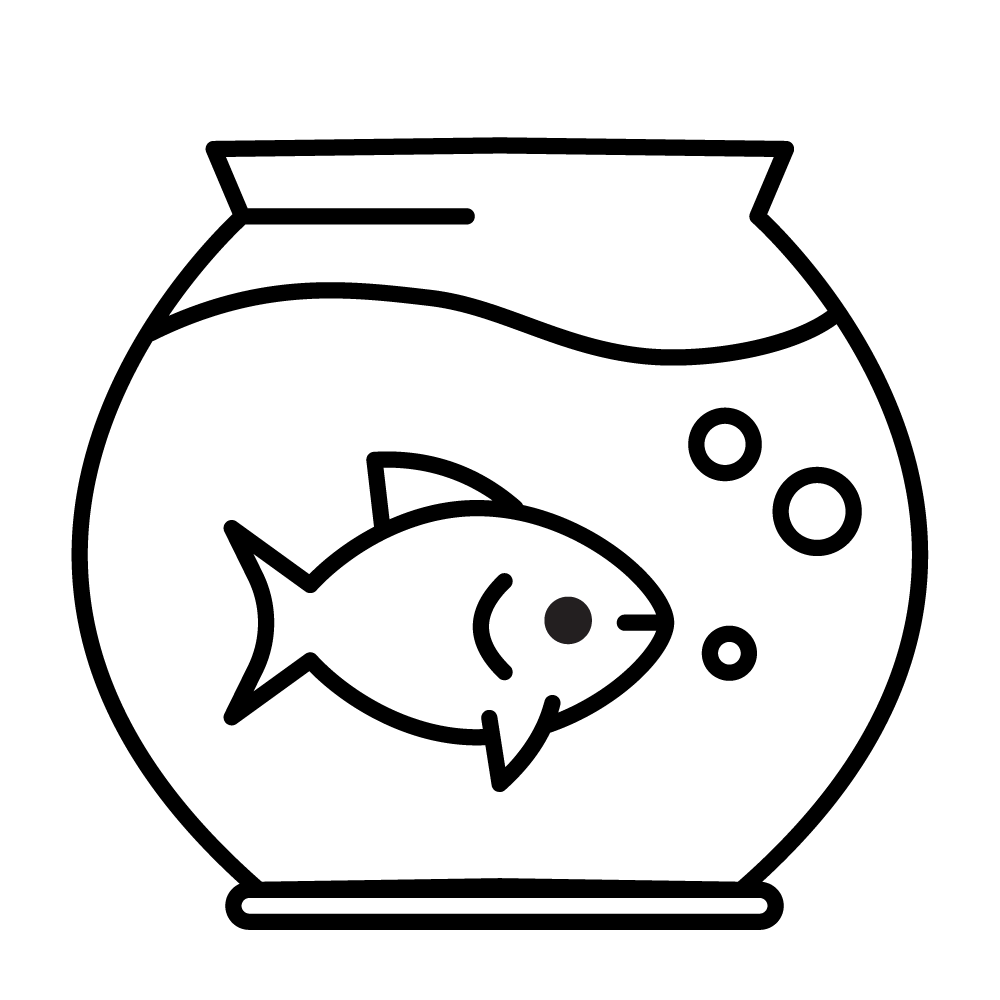
Habitat in a Tank
Create a habitat in a fish tank to display in the classroom.

5W's
Ask the 5 W’s about a video… who, what, when, where and how.
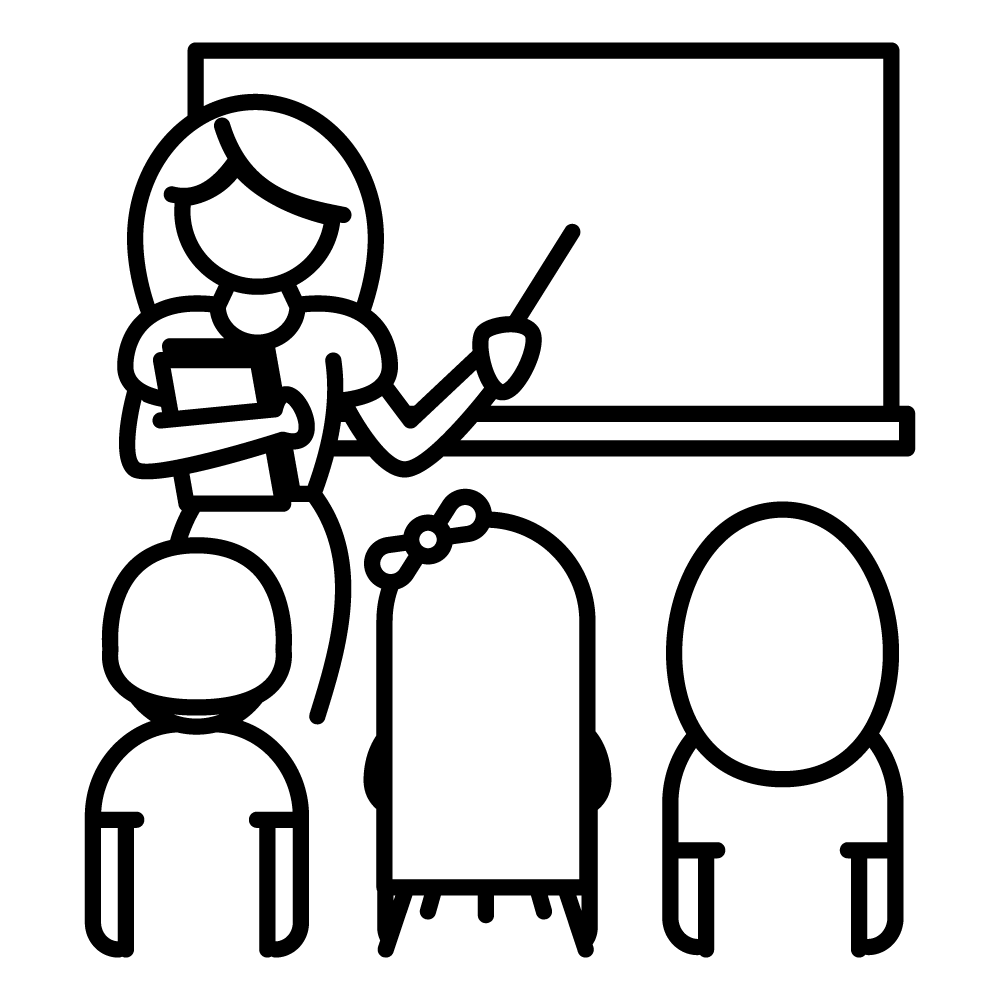
Substitute Teacher
Use as a resource for a substitute teacher.

Country for a Day
Have a day where students dress in costume, bring foods, etc that are reflective of an area they visited in a video. Set up booths and have the students talk about their assigned country.

Support for Learning
Set up a computer in the classroom that can be used for students to view videos when they need additional support, or for students who have finished current assignment and want to get ahead.

Government Request
Draft a letter to a newspaper editor, government official, lobbyist that reflects a position on a relevant subject.
